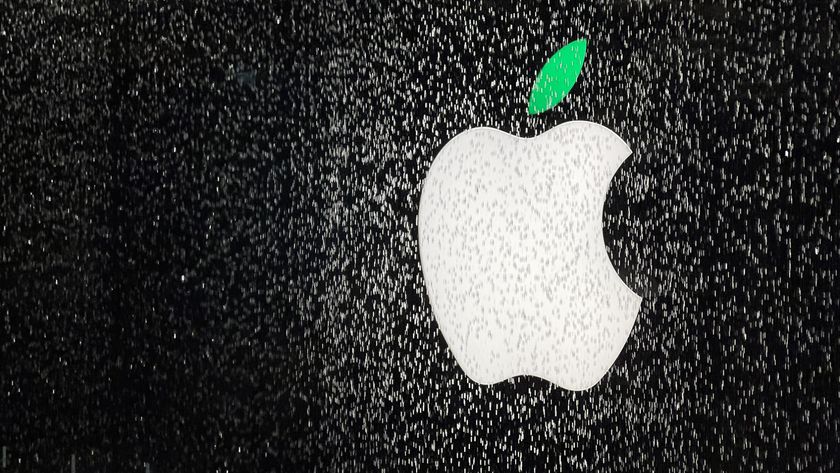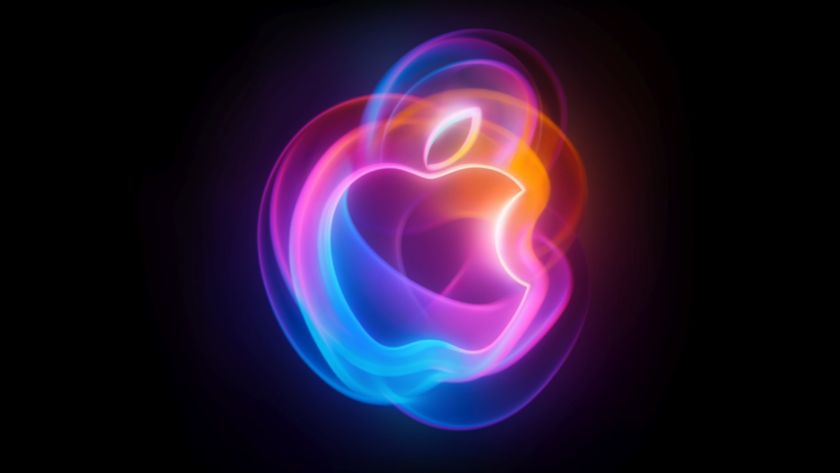RIP MagSafe and Apple logo: Everything Apple killed at today's event
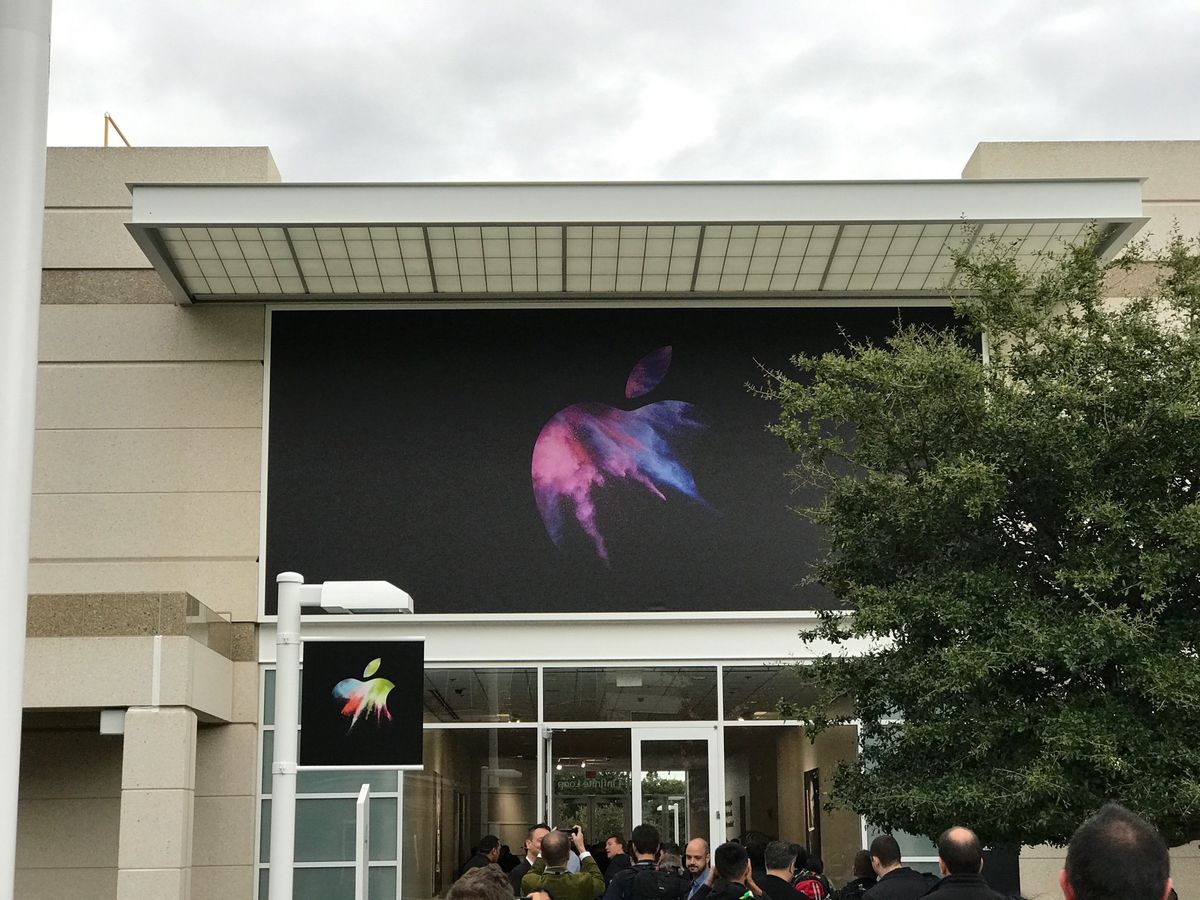
Apple's known for making each iteration of its products thinner and lighter than their predecessors. But you don't get thinner, lighter, faster, and better devices without making some tough decisions. The company made quite a few of those at its October press event, killing off legacy technology left and right.
I'm happily saying good riddance to most, but there are still a few products tugging at my heartstrings.
What's shuffling off this mortal coil in the name of shiny new technology? Let's take a look at everything Apple killed off at its Mac event!
The illuminated Apple logo

Raise a glass: The longtime illuminated Apple logo on the rear of the Mac laptop is no more. Like the 12-inch MacBook, the iPad, and the iPhone, there simply wasn't room in the new MacBook Pro's display to wedge in light. We'll miss that happy pulsing glow, but the wide color Retina display that you'll actually spend all your time looking at is a pretty good replacement.
The MagSafe charger
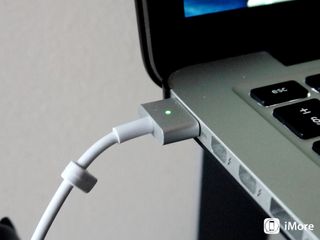
Goodbye, magnetic charging cable: Apple removed the magically magnetic MagSafe connector in its new MacBook Pros (though you can still find it on the 13-inch MacBook Air and last year's MacBook Pro models). Mirroring the MacBook, the new MacBook Pros now feature USB-C Thunderbolt 3 ports. Those ports serve up both data and power, giving users more flexibility about where to plug in, but it came at a cost — that of the proprietary MagSafe connector.
What made the MagSafe connector great was that it kept your device safe while charging — if someone tripped over your cord, the magnet would release from your computer; your cord would go flying, but your computer wouldn't.
In theory, the new USB-C ports aren't too grabby, so they should release in the event of a charging accident — and if you're really worried, there's always Griffin's $40 Breakaway USB-C MagSafe cable to save you.
Master your iPhone in minutes
iMore offers spot-on advice and guidance from our team of experts, with decades of Apple device experience to lean on. Learn more with iMore!
The 11-inch MacBook Air
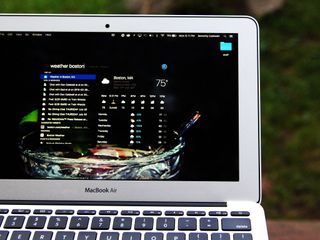
I'm not crying; you're crying.
The non-Retina "modular" 13-inch MacBook Pro
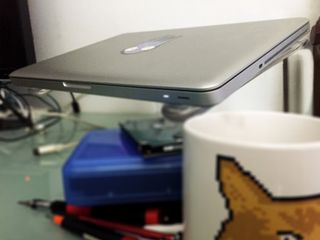
The old entry-level 13-inch MacBook Pro wasn't modular in the true sense of the word, but in the modern age of ultra-thin everything's-glued-down laptops, being able to easily swap out your hard drive and RAM was somewhat of a luxury. Taking its place as the weird stepchildren of the MacBook Pro family are the last-generation models, the $1299 Retina 13-inch MacBook Pro and $1999 15-inch MacBook Pro.
Physical function keys

You can still find these on the new low-end 13-inch MacBook Pro and last generation's bafflingly-still-here MacBook Pros, but when it comes to the high-end MacBook Pro line, you can say sayonara to those pesky physical F1-F12 keys. In their place, users now have the capacitive, customizable Touch Bar, which changes depending on what app you have open on your Mac. It's a pretty good move forward all-around, though we do wonder about its uses for folks with Accessibility, especially since there's no Taptic Engine built into the rectangular display.
The SD card slot
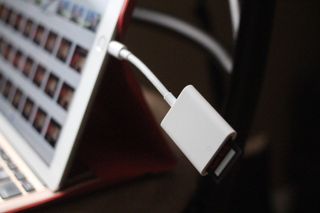
The SD card slot has been a mainstay on the Pro line (and the 13-inch Air) for quite a few years, but 2016 is its time to go. With more cameras supporting Wi-Fi transfer or USB-C, it's become less important to have a dedicated card slot. That said, my six-year-old Wi-Fi-less Canon camera is pretty sad about the change. (As with the function keys, you can still get this feature on the last-generation Pro models and 13-inch MacBook Air.
Plastic hinges

The new MacBook Pro's case is all metal — even its hinges! And while last generation's 13- and 15-inch MacBook Pro and the 13-inch MacBook Air still sport the old look, we'd guess they're not particularly long for this world.
Our bank accounts

With the high-end model of the 13-inch Macbook Pro running buyers a cool $2500 and the 15-inch model almost doubling that at $4300, we'd like to take this moment to say a small prayer for our savings accounts, now horribly depleted. You're going to a good place, money, in service of new and shiny technology.
But wait! What escaped the axe?

You thought we'd end on a snarky note and be done with it, did you? Nope. Apple spared a few technologies the curse of obsolescence at its October event, but we'd be surprised if they lasted too much longer.
Mac passwords
You currently still need to create a password for your Mac, but between the Apple Watch's Auto Unlock feature, Touch ID coming to the MacBook Pro, and two-factor authentication, we're itching to move into a passwordless future.
Last generation's laptops and the 13-inch MacBook Air
While I understand having a slightly cheaper Pro model available for those unable to pony up for a new Mac laptop, the $200 and $400 difference respectively in last generation's MacBook Pros really doesn't seem like enough of a discount to sway too many people. Why not just encourage buyers to check out Apple's Refurbished section — and help the environment in the process?
Keeping the 13-inch MacBook Air around in the age of both the MacBook and the low-end 13-inch MacBook Pro makes slightly more sense — it's nice to be able to say you offer a $999 laptop — but I'm still not convinced it'll stick around after the new MacBook is updated.
Non-Retina Macs
Between the aforementioned 13-inch MacBook Air and the previous-generation 21.5-inch iMac, non-Retina screens aren't extinct just yet — but they're clearly on their way out. And good riddance: Switching between a non-Retina computer after working on a Retina iPad or iPhone is almost painful on the eyes.
Mechanical keyboards
Between the Touch Bar and the increasingly-large Force Touch trackpad — not to mention the innovations made to the Taptic Engine in the iPhone 7 Plus — it's hard not to see Apple at least experimenting with non-mechanical keys in the future. It may not happen for a few years yet, but I wouldn't put it past the company to come out with a MacBook in 2020 whose bottom half comprises nothing but a Taptic Engine and multitouch interface.
The headphone jack
It may have escaped the eraser this round, but don't be shocked if the next MacBook goes headphone-less — especially as Apple's wireless W1 headphone empire increases.
Anything we missed?
Let us know in the comments.
Serenity was formerly the Managing Editor at iMore, and now works for Apple. She's been talking, writing about, and tinkering with Apple products since she was old enough to double-click. In her spare time, she sketches, sings, and in her secret superhero life, plays roller derby. Follow her on Twitter @settern.

